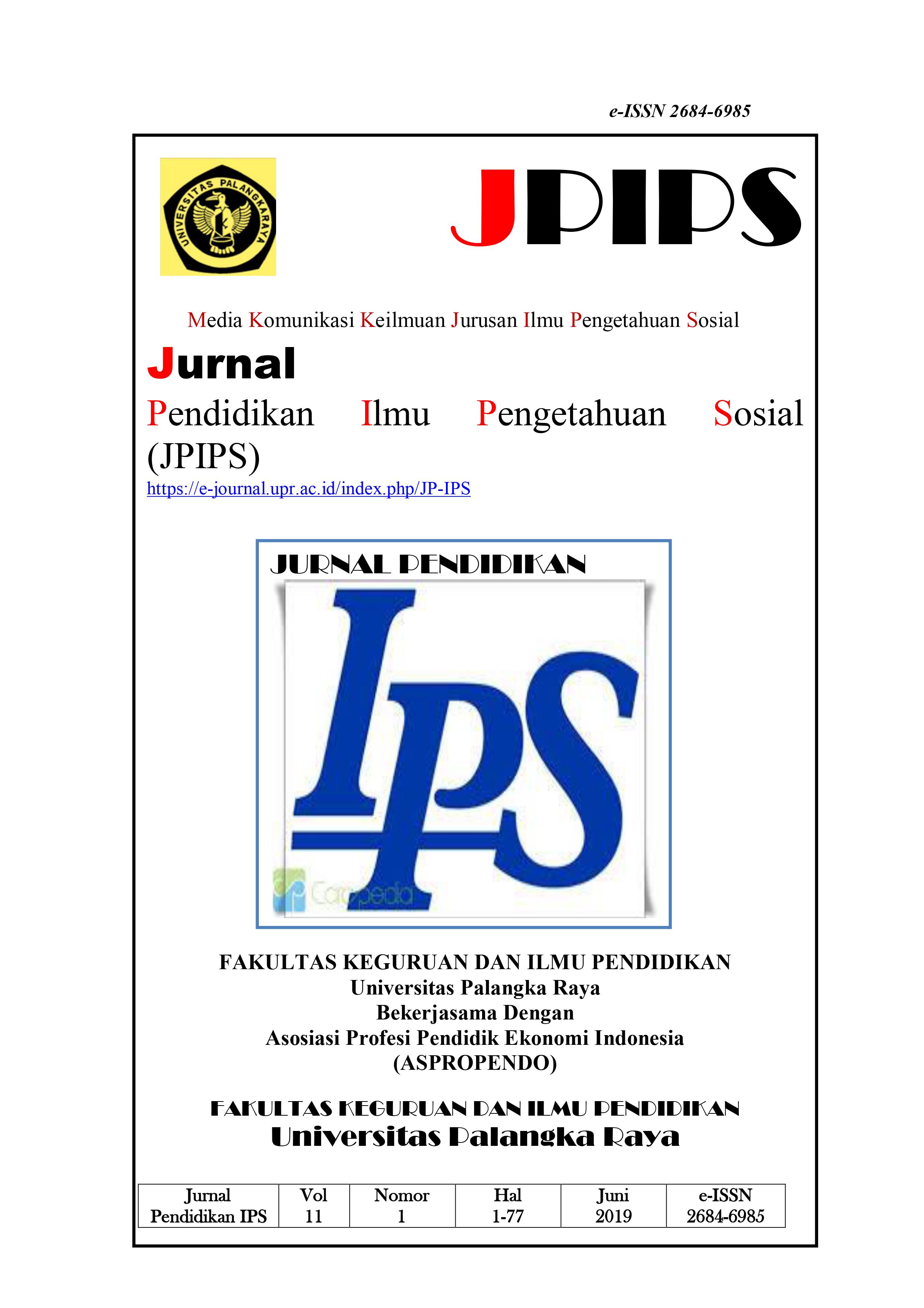Kwamentara: Kwartet Ornamen Nusantara Sebagai Media Apresiasi
DOI:
https://doi.org/10.37304/jpips.v15i1.9493Keywords:
Kwamentara, Quartet, Ornamen, Media, ArtAbstract
Values education through art education is an activity that specifically aims to instill certain values, such as religious values, moral values, and aesthetic values in the form of learning to appreciate and create art. In its application in formal schools, planting local cultural values can be done explicitly by providing interesting and fun media for art appreciation for students. One of them is kwementara, a quartet card containing ornaments in the archipelago, students are expected to appreciate ornamental objects in which there are noble cultural values of the nation. The method used in this research is research and development (R&D) which is a research method used to produce certain products and test the effectiveness of products by going through the stages of product development. In this section the use of cards as media can provide interesting information in the process of developing creativity, so that the learning process will be in demand and liked by students both formally and non-formally, in making this learning media attention and ability are needed in creating new motifs in a visual element, so that every composition and layout when carrying out the design process needs to be considered, so that the feasibility of this learning media work must pass several trials and validations so that it can be used. In its application, the kamentara card is used in formal, non-formal and informal learning activities, so that in daily activities students can use it as a medium for playing and learning in appreciating the ornaments of the archipelago.
Downloads
References
Arsyad, Azhar. 1997. Media Pembelajaran. Jakarta: PT. Raja Grafindo Persada.
Eliandy, R. R., Tumanggor, E. R., Hasibuan, E. A., & Nasution, T. (2022). Interaksi Sosial di Kalangan Peserta Didik Pada Saat Pembelajaran Online. Journal Pendidikan Ilmu Pengetahuan Sosial, 14(2), 212-217.
Ibrahim. 1988. Inovasi Pendidikan. Jakarta: Departemen Pendidikan dan Kebudayaan Direktorat Jenderal Pendidikan Tinggi Proyek pengembangan Lembaga Pendidikan Tenaga Kependidikan.
Jati, I. M. (2022). Nilai-nilai Kearifan Lokal Tradisi Nyadran Sebagai Sumber Belajar IPS. Journal Pendidikan Ilmu Pengetahuan Sosial, 14(2), 246-258.
Julia. 2011. “Membentuk Keindahan Moral melalui Pendidikan Seni Berbasis Tradisi Lokal”. Makalah disajikan dalam seminar nasional Quo Vadis Seni Tradisional, tanggal 7 Desember 2011 di UPI Bandung.
Kamaril, Cut. 2006. Pendidikan Seni Rupa/Kerajinan Tangan. Jakarta: Universitas Terbuka.
Latuheru, Jhon D. 1988. Media Pembelajaran: Dalam Proses Belajar-Mengajar masa Kini. Jakarta: Depdikbud, Dirjen Pendidikan Tinggi, P2LPTK.
Maulana, I., Zubaidah, M. P., & Wisdiarman, M. P. (2018). PEMANFAATAN MEDIA PEMBELAJARAN SENI RUPA DI SMP N 34 PADANG. Serupa The Journal of Art Education, 7(1).
Saputro, R., & Najicha, F. U. (2022). Penerapan Rasa Bela Negara Pada Generasi Muda Di Era Globalisasi. Journal Pendidikan Ilmu Pengetahuan Sosial, 14(2), 207-211.
Sobandi, Bandi. 2008. Model Pembelajaran Kritik dan Apresiasi Seni Rupa. Bandung: Direktorat Jenderal Pendidikan Tinggi.
Sudono, Anggani. 2000. Sumber Belajar dan Alat Permainan. Jakarta: PT. Grasindo.
Sugiyono. 2011. Metode Penelitian Kuantitatif, Kualitatif dan R&D. Bandung: Afabeta
Sumardjo, Jakob. 2000. Filsafat Seni. Bandung: ITB.
Sunarto dan Hartono. 2006. Perkembangan Peserta Didik. Jakarta: Departemen Pendidikan dan Kebudayaan & PT. Rineka Cipta.
Suryani, P. D., Zubaidah, M. P., & Wikarya, Y. (2018). Pengaruh penggunaan media sparkol videoscribe terhadap hasil belajar siswa pada pembelajaran seni rupa di SMP Negeri 4 Padang. Serupa The Journal of Art Education, 7(1).














